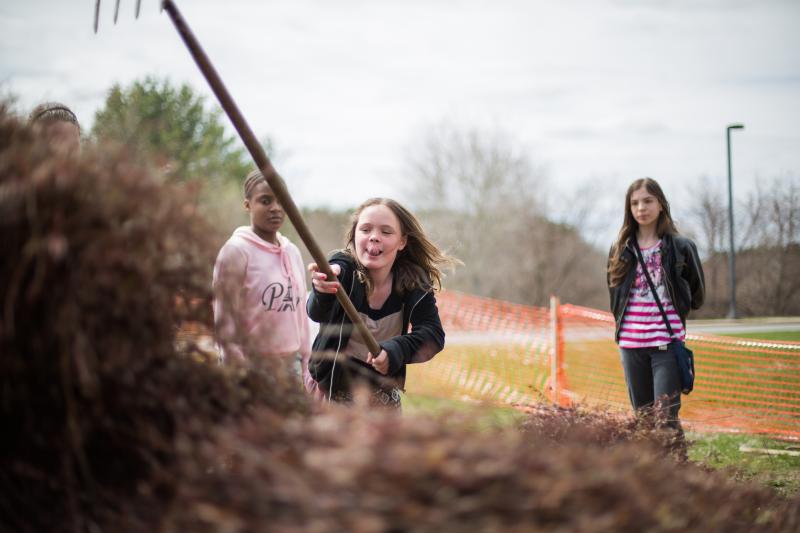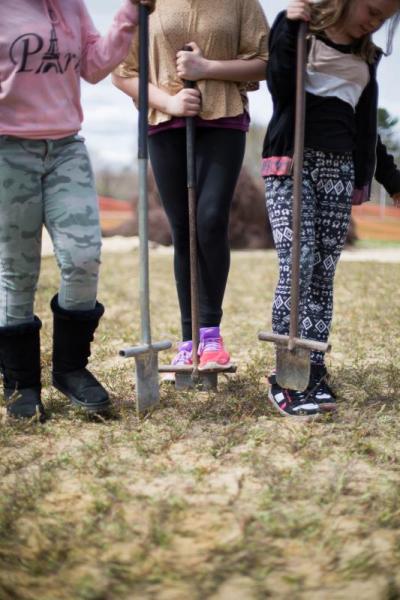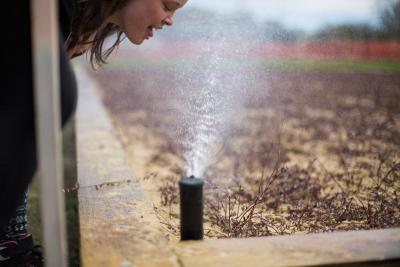Wareham Middle School students plant first cranberries
A group of Wareham Middle School STEAM students got to play in the dirt Thursday, as they planted their first cranberry vines in small bogs behind the school.
Their teacher, technology and engineering instructor Julie Walker, said the school implemented the project because they wanted to have a classroom outside the traditional schoolroom -- a goal in line with the aim of STEAM, which seeks to teach kids everything from science to the arts outside a normal classroom environment.
This year, Walker said, the program focused on the theme of ‘exploring your community.’ Her group chose cranberries.
“This is their culminating project,” Walker said, herself a small-time cranberry grower, of the school bogs. “They had to design it and build it, and now we’re planting it.”
The site has space for three bogs, two of which have been built, as well as space for benches where, Walker said, the entire school community of Wareham may visit.
But the project would not have been possible, Walker said, without the help of Peter Beaton, president of the The Cranberry Educational Foundation, and Kim Houdlette, director of events and Agri-tourism at the A.D. Makepeace Foundation. Houdlette put the school in touch with Glenn Reid, assistant manager of Cranberry Operations at A.D. Makepeace, who, in turn recruited a small crew of cranberry growers to help the kids set up the operation.
Reid said he and the crew helped the children build the bogs by hand, a long process that involved everything from constructing the beds in which the bogs sit to laying the necessary layers of varying soils in which the cranberries grow. The students broke ground on the bogs on April 8.
Reid said the children had planted two different kinds of cranberries: Early Black, first cultivated almost 170 years ago in Harwich, and Stevens Cranberry, a hybrid with a woodier stem. He also said the children would later plant another hybrid cranberry engineered by Rutgers to produce more cranberries per acre.
“The Early Blacks will produce about 150 to 200 barrels [of cranberries], the Stevens between 200 to 400 barrels, and the new Rutgers variety is between 400 to 600 barrels,” Reid said.
The school’s bogs are about one-tenth of an acre, so the children may expect about a proportional yield the following year, when they make the first harvest, according to Reid.
“We actually go three years, before we produce a crop,” Reid said, referring to the current machine-driven commercial harvests of cranberries, the power of which can damage the relatively weak cranberry root system. “But the way they’re going to be hand-picking, or scooping, here, they could probably harvest them the second year.”
Walker said Friday will be the first day the STEAM students have been inside for the past two weeks.
“They were groaning,” Walker said. “We will have opportunities to go out there and finish the project, but, right now, there isn’t anything for us to do.”

















